Home>Furniture & Design>Outdoor Furniture>What Is The Distance Around A Standard Outdoor Track?


Outdoor Furniture
What Is The Distance Around A Standard Outdoor Track?
Published: January 14, 2024
Discover the standard distance around an outdoor track and explore the latest in outdoor furniture and design. Find everything you need for your outdoor space.
(Many of the links in this article redirect to a specific reviewed product. Your purchase of these products through affiliate links helps to generate commission for Storables.com, at no extra cost. Learn more)
Introduction
When it comes to outdoor furniture, the options are as vast and varied as the great outdoors itself. From cozy patio sets to elegant garden loungers, the world of outdoor furniture and design offers an array of choices to suit every style and preference. Whether you're looking to create a tranquil retreat in your backyard or enhance the ambiance of a sprawling outdoor space, understanding the nuances of outdoor furniture and design can elevate your outdoor living experience to new heights.
In this comprehensive guide, we'll delve into the realm of outdoor furniture and design, exploring everything from the latest trends and innovative materials to the timeless classics that continue to define outdoor style. Whether you're a design enthusiast, a homeowner with a passion for outdoor living, or a professional seeking inspiration for your next project, this guide is designed to inform and inspire. So, grab a refreshing beverage, find a comfortable spot, and let's embark on a journey through the captivating world of outdoor furniture and design.
Key Takeaways:
- Outdoor tracks have specific measurements for international standards, with the 400-meter track being the most common. Understanding the dimensions and factors affecting track distance is crucial for athletes, coaches, and facility managers.
- Calculating the distance around a standard outdoor track involves considering lane width, curve radius, straight sections, track material, environmental conditions, and regulatory standards. These factors impact training, competition strategies, and facility design in track and field events.
Read more: When Is Outdoor Track Season
Standard Outdoor Track Measurements
Outdoor tracks, commonly found in schools, colleges, and athletic facilities, are designed to meet specific measurements to ensure they comply with international standards. A standard outdoor track consists of multiple lanes, each with its own set of measurements and markings. The most common type is the 400-meter track, which is used for various track and field events, including sprints, middle-distance runs, and relays.
Standard outdoor tracks are typically oval in shape, with a total of eight lanes, each measuring 1.22 meters in width. The innermost lane, known as lane one, is the shortest distance from the inner edge of the track and measures 400 meters around the inside lane. As a result, the distance around the outermost lane, lane eight, is slightly longer due to the wider radius.
In addition to the track itself, the field events, such as long jump, triple jump, high jump, pole vault, and throwing events, are also integrated into the overall design of the outdoor track and field facility. The measurements and layouts of these areas are carefully planned to ensure athletes have the space and infrastructure needed to compete at the highest level.
Understanding the standard measurements of an outdoor track is essential for athletes, coaches, and organizers, as it provides the foundation for training, competition, and event management. Whether you’re a seasoned athlete preparing for a race or a spectator eager to grasp the dynamics of track and field events, having a clear understanding of the standard outdoor track measurements is key to fully appreciating the sport and its intricacies.
Calculating the Distance Around a Standard Outdoor Track
Calculating the distance around a standard outdoor track involves understanding the dimensions of the track and applying basic mathematical principles. With the innermost lane of a 400-meter track measuring 400 meters in circumference, the distance around the outer lanes can be determined using the following method.
To calculate the distance around the outermost lane of a standard outdoor track, one must consider the additional width of each lane. Since the track consists of eight lanes, each 1.22 meters wide, the outermost lane is positioned at a greater distance from the center of the track, resulting in a longer circumference. By factoring in the width of each lane and accounting for the curvature of the track, the distance around the outermost lane can be accurately calculated.
One approach to calculating the distance around the outermost lane is to add the length of the straight sections and the curves. The straight sections of a 400-meter track are consistent across all lanes, each measuring 84.39 meters. However, the curves vary in length, with the innermost lane having the smallest curve and the outer lanes featuring progressively larger curves to accommodate the wider radius. By adding the lengths of the straight sections and the curves for the outermost lane, the total distance around the track can be determined.
Another method involves using the known measurements of the innermost lane as a reference point. By understanding the relationship between the innermost lane and the outer lanes, one can calculate the incremental increase in distance for each successive lane. This approach provides a systematic way to determine the distance around any lane of the track, offering valuable insights into the track’s layout and dimensions.
Calculating the distance around a standard outdoor track not only serves as a practical exercise in applied mathematics but also fosters a deeper appreciation for the precision and engineering involved in creating optimal conditions for track and field events. Whether you’re a coach, athlete, or enthusiast, mastering the art of calculating track distances can enrich your understanding of the sport and its technical intricacies.
The standard distance around an outdoor track is 400 meters, which is equivalent to 1/4 of a mile. This is important to know for anyone looking to track their running or walking distance.
Factors Affecting Track Distance
The distance around a standard outdoor track is influenced by various factors, each playing a crucial role in shaping the track’s overall dimensions and characteristics. Understanding these factors is essential for athletes, coaches, and facility managers, as they impact training regimens, competition strategies, and facility design.
- Lane Width: The width of each lane on the track directly affects the overall distance around the track. With standard lane widths typically set at 1.22 meters, the outermost lane covers a greater distance due to its wider radius, resulting in a longer circumference compared to the innermost lane.
- Curve Radius: The curvature of the track’s turns, or curves, contributes to the varying distances across different lanes. As the lanes move outward from the innermost lane, the radius of the curves increases, leading to longer distances around the outer lanes.
- Straight Sections: While the curves add complexity to the track’s layout, the straight sections also play a role in determining the overall distance. The length of the straight sections remains consistent across all lanes, contributing to the track’s standardized measurements.
- Track Material: The type of material used for the track surface can impact the overall distance around the track. Factors such as the resiliency and texture of the surface affect the speed and performance of athletes, influencing the dynamics of track events.
- Environmental Conditions: External factors, such as wind speed, temperature, and altitude, can influence the effective distance covered by athletes during track events. These conditions can impact performance and play a role in determining competitive outcomes.
- Regulatory Standards: The governing bodies of track and field, such as the International Association of Athletics Federations (IAAF), establish and maintain standards for track measurements to ensure consistency and fairness in competitions at all levels.
By considering these factors, athletes and coaches can tailor their training and racing strategies to account for the nuances of track dimensions and conditions. Facility managers and designers can also use this knowledge to create optimal track layouts that adhere to regulatory standards and provide a conducive environment for athletic pursuits.
Ultimately, the interplay of these factors underscores the intricate nature of track and field, where precision, technique, and environmental variables converge to shape the athletic experience. By recognizing and appreciating the multifaceted influences on track distance, individuals involved in the sport can gain a deeper understanding of its complexity and enrich their engagement with track and field events.
Conclusion
Exploring the world of outdoor furniture, track measurements, and the factors affecting track distance reveals the intricate details and considerations that define these domains. From the diverse array of outdoor furniture options to the precision engineering of standard outdoor tracks, each subject offers a rich tapestry of knowledge and insights.
As outdoor furniture continues to evolve, incorporating innovative materials, sustainable practices, and ergonomic designs, the opportunities for creating inviting and functional outdoor spaces expand. Whether it’s a cozy patio ensemble for intimate gatherings or a stylish dining set for alfresco entertaining, the fusion of aesthetics and practicality enhances the allure of outdoor living.
On the track, the meticulous measurements and factors influencing distance underscore the technical and athletic dimensions of track and field events. Athletes, coaches, and enthusiasts gain a deeper appreciation for the sport’s intricacies, from calculating track distances to adapting training strategies based on varying conditions and regulations.
By delving into these realms, individuals can gain a newfound appreciation for the artistry and precision that shape outdoor living spaces and athletic pursuits. Whether it’s the allure of a well-appointed outdoor oasis or the thrill of competing on a meticulously designed track, the world of outdoor furniture and track measurements offers a captivating blend of creativity, functionality, and performance.
As the outdoor furniture and design landscape continues to evolve, and track and field standards adapt to new challenges, the journey through these domains remains an ever-engaging exploration of innovation, craftsmanship, and the enduring allure of the great outdoors.
So, whether you’re seeking inspiration for your next outdoor design project or aiming to deepen your understanding of track and field dynamics, the realms of outdoor furniture and track measurements invite you to embark on a journey of discovery, creativity, and appreciation for the remarkable intricacies that shape our outdoor experiences.
Frequently Asked Questions about What Is The Distance Around A Standard Outdoor Track?
Was this page helpful?
At Storables.com, we guarantee accurate and reliable information. Our content, validated by Expert Board Contributors, is crafted following stringent Editorial Policies. We're committed to providing you with well-researched, expert-backed insights for all your informational needs.

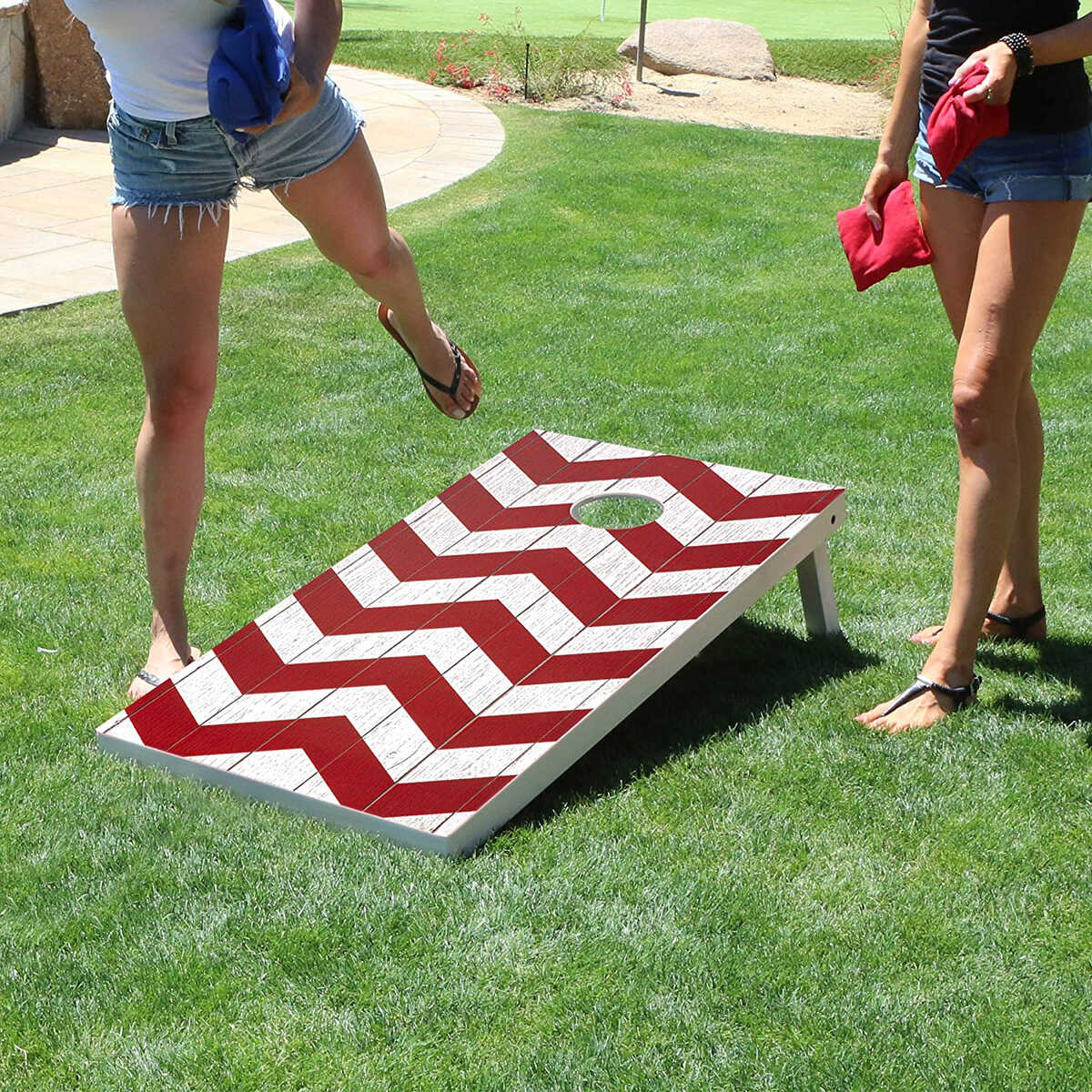
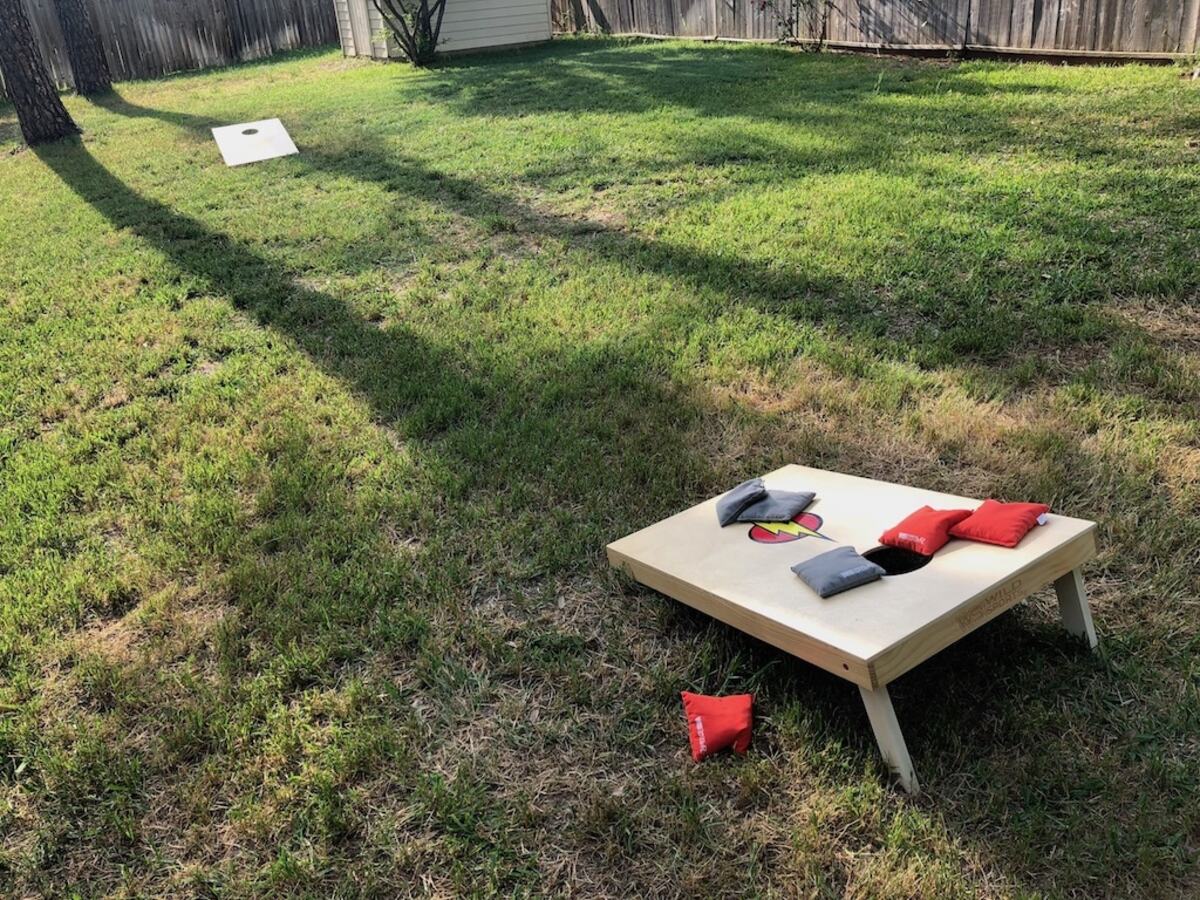


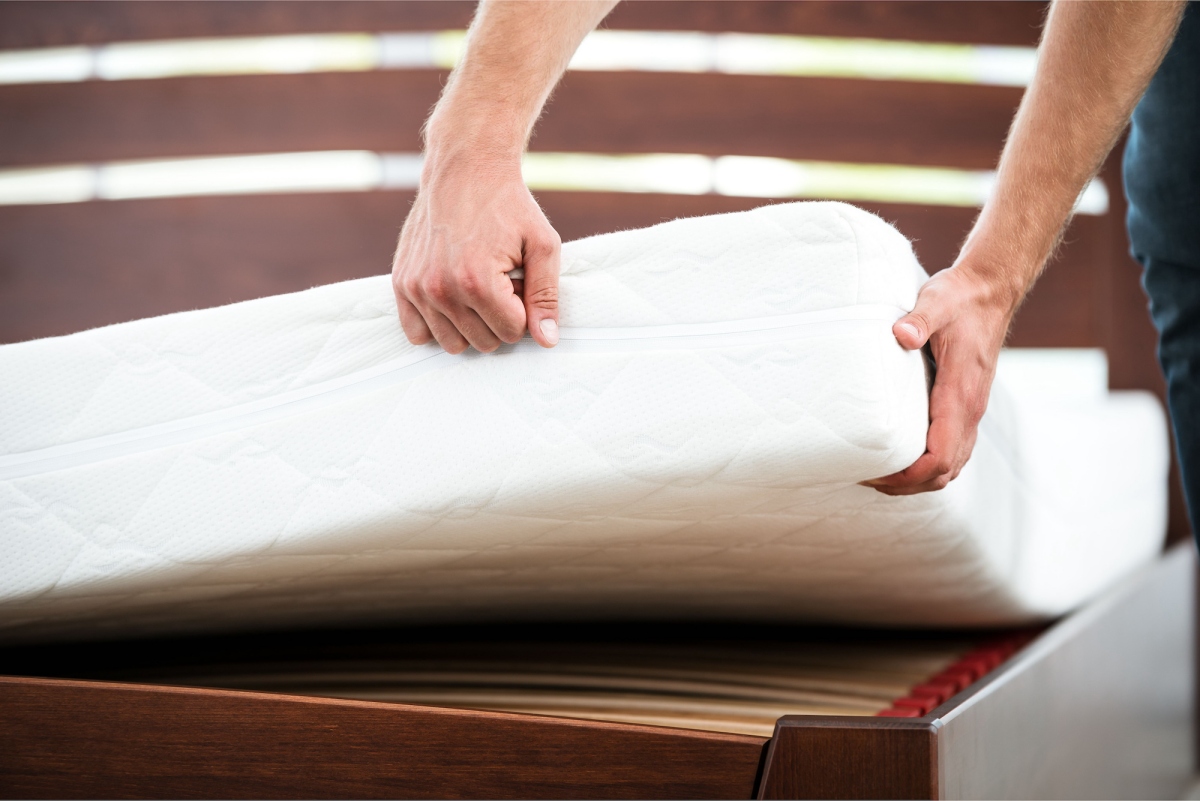


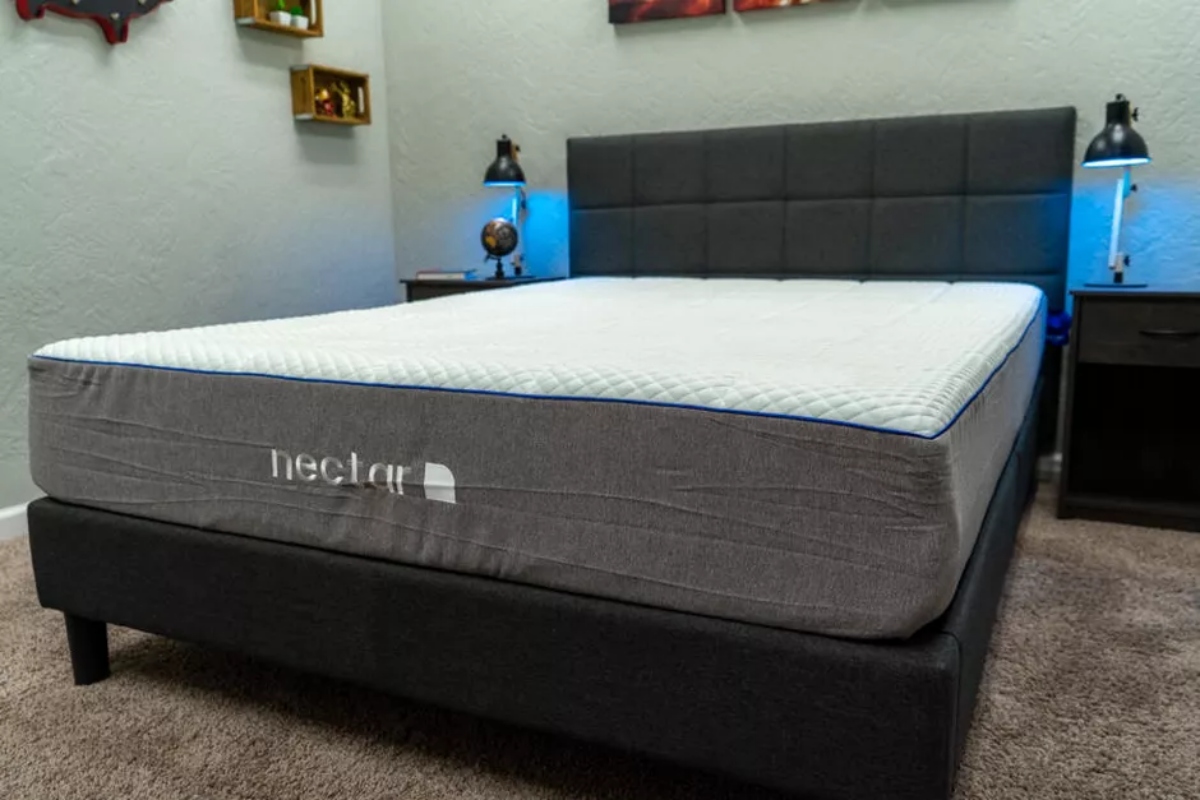

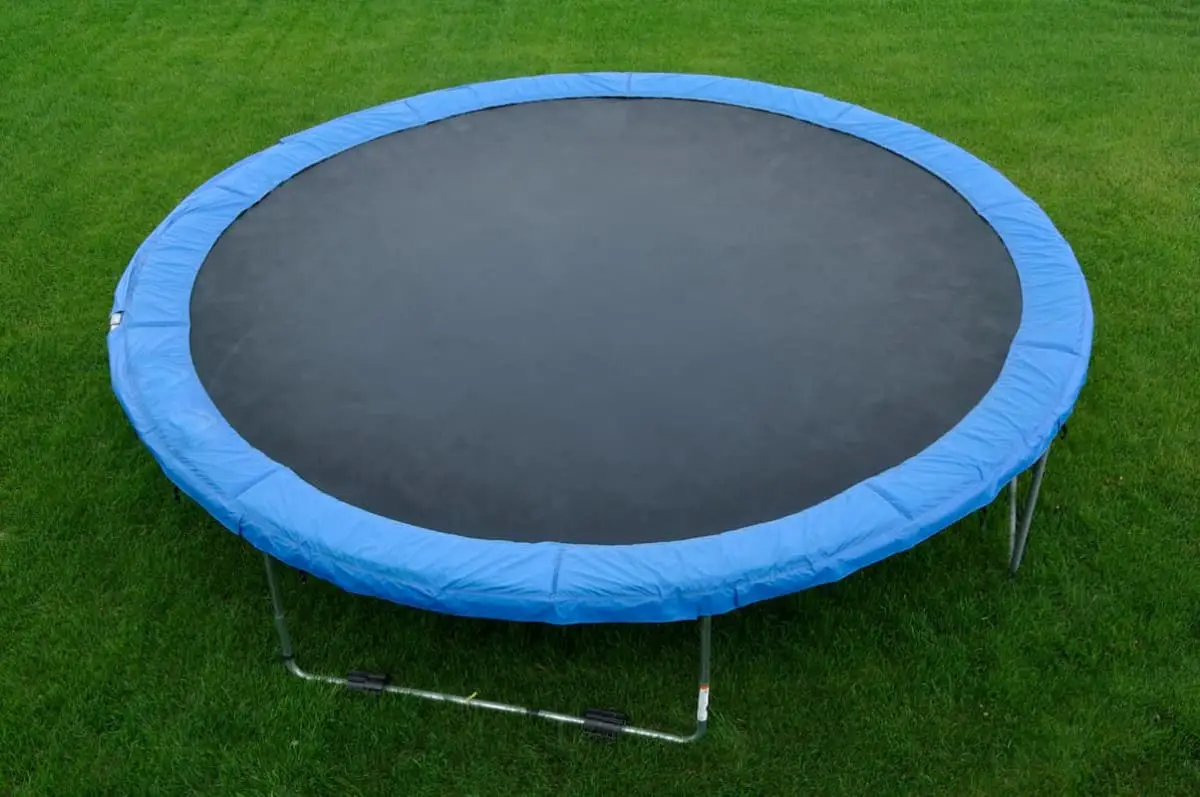



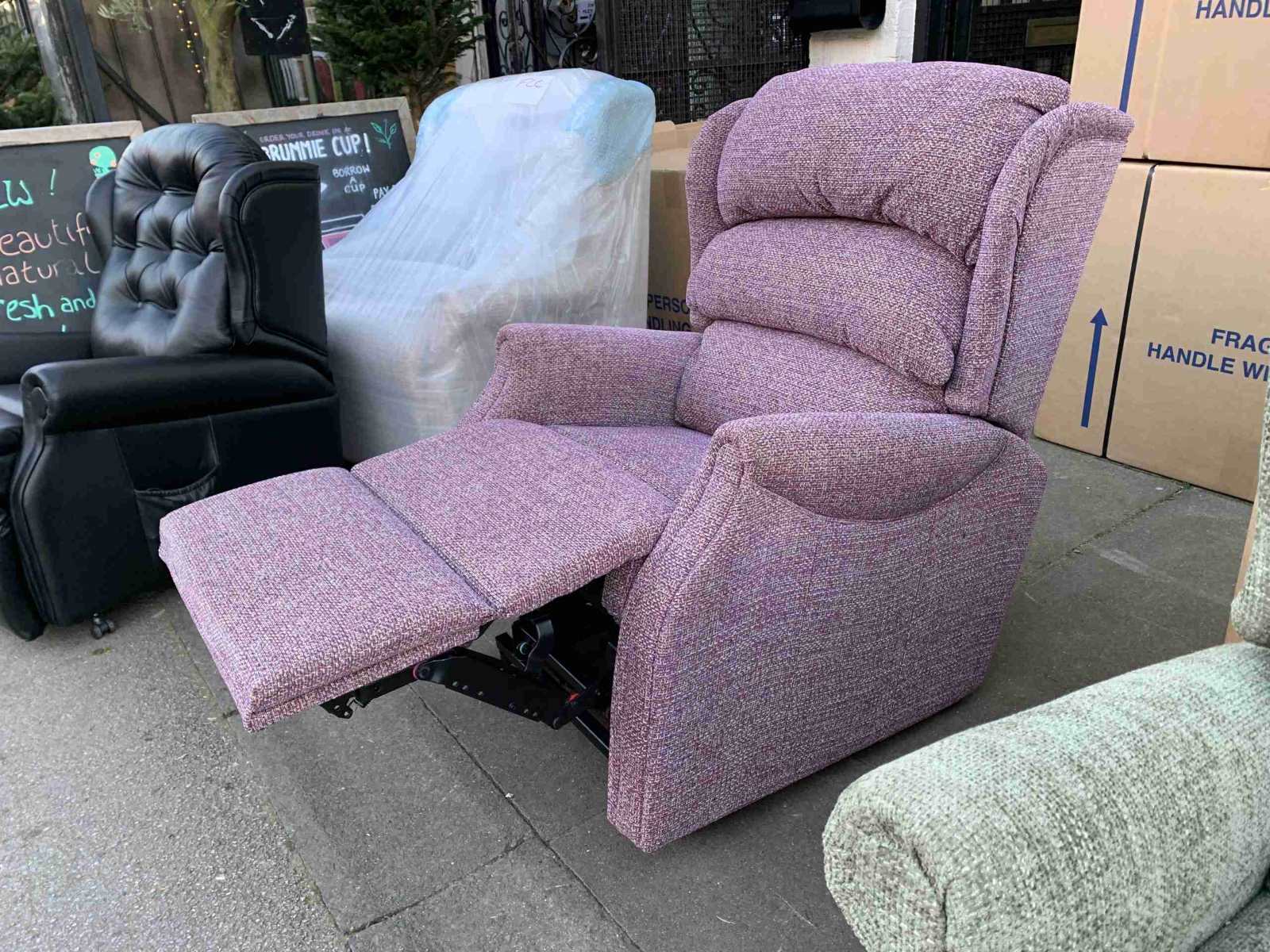

0 thoughts on “What Is The Distance Around A Standard Outdoor Track?”